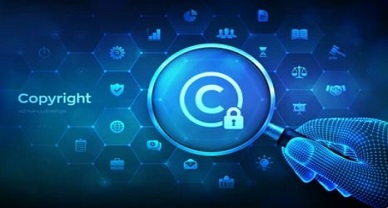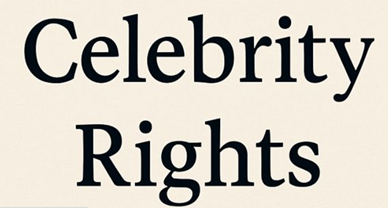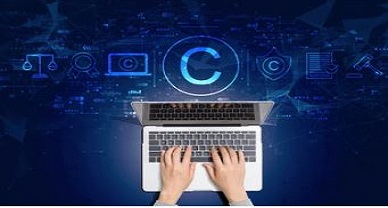Copyright Fair Use for Education
The law is an important part of protecting intellectual property and protecting creators’ rights to their original works. Fair use provides some exceptions to copyright protection, allowing limited use of copyrighted material without the permission of the copyright owner. Understanding legal and fair use is especially important in academic settings because dissemination of information often requires the use of evidence.
Copyright Law
Copy Right is a legal concept that gives creators exclusive rights over their original works and allows them to control the use and distribution of those works. These rights generally include the rights to reproduce, distribute, perform, publish and create derivative works. Copyright protection applies to many creative works, including literature, music, art, film and software.
In many countries, including the United States, inventors receive copyright protection for their creations. It is fixed in a concrete form, such as written or recorded. This means that creators do not need to register their work with the Security Office or include a copyright notice to benefit from copyright protection. However, registering a work with a copyright office can provide additional benefits, such as the ability to pursue legal action against infringers. Copyright protection generally lasts for the lifetime of the creator and for several years after his death. Once the period expires, the program enters the public domain and is free for all users.
FAIR USE
Fair use is a legal right that prohibits the use of copyrighted material without the permission of the copyright owner. The principle of fair use is that some uses of copyrighted material are useful to people and should be allowed even if they violate the rights of the copyright owner.
Section 107 of the Copyright Act gives examples of purposes that are favored by fair use: “criticism, comment, news reporting, teaching (including multiple copies for classroom use), scholarship and research.” Use for one of these “illustrative purposes” is not automatically fair, and uses for other purposes can be fair. The statute lays out four factors to consider in deciding whether a particular use is fair.

FAIR USE IN EDUCATION
Fair use is particularly important in academic settings where evidence is often used for purposes such as teaching, research, and scholarship. Teachers often rely on evidence to explain concepts, provide examples, and stimulate class discussion. Without proper use, the teacher’s ability to do the job of teaching will be severely limited for the benefit of the copyright owner. For example, a teacher might print a book or article to distribute to students, or include the transcript of a copyrighted video in his or her presentation. Rather, it is a flexible approach that requires careful consideration of the unique circumstances of each application. Teachers should always remember the four principles set out in the Privacy Policy and seek to use evidence in a way that is appropriate and proportionate to the educational objectives they aim to achieve. Teachers should always remember the four fundamentals set out in the Privacy Policy and seek to use evidence in a way that is appropriate and proportionate to the educational goals they aim to achieve. In India, educational materials are mainly produced by universities and schools through translation, reproduction, communication, etc. It is used to ensure that students know the subjects clearly, therefore fair use is within the scope of the provisions of the Constitution. The law, 1957, was extended to include protection schools. It was considered a criminal offense.
Section 52(1)(h) clearly stipulates that anything which is reproduced by a student or teacher specifically for the purpose of studies in an educational institution does not amount to infringement of copyright. Further Section 52(1)(g) states that even if the work is not a copyrighted one, if published as a collection with a bonafide for a the purpose of teaching in the education institution, the same will not amount to infringement of Copyright.
Although the Privacy Act of 1957 did not specifically provide for copyright as an exception to copyright infringement, due to the advancement of technology and the digital age we now live in, education cannot be limited to the four walls of the classroom. Therefore, virtual teaching and e-learning continues to evolve over time and the main challenge that comes with this is legal protection.
With the development of information technology, millions of copies can be produced with a single click and information can be spread all over the world. This shift in the digital age has improved schools’ ability to copy, distribute, publish and adapt content to their needs. This situation brings new challenges to legal protection.
CONCLUSION
In today’s digital age, the information exchange environment is based on learning and learning cannot be stopped. In the current global situation, the opportunity for web-based learning or e-learning should be encouraged. The combination of traditional education methods and modern technological methods reflects the changes in education. The widespread use of the Internet in education enables students and teachers to make the most of online learning. However, risks exist at every step of development and in the current context, web learning is considered a crime. The moral provisions of the Copyright Act protect schools with respect to traditional education, but are not sufficient to extend legal protection to distance education or online education.
Therefore, Policymakers should therefore recognize the benefits of distance learning and digital access and push for a broader range of exceptions to develop new solutions to challenges that already exist in business, before promulgating new ones in the Copyright Act.
Author:- Megha Jha, in case of any queries please contact/write back to us at support@ipandlegalfilings.com or IP & Legal Filing.
References:
https://copyright.psu.edu/copyright-basics/fair-use/ ;
https://www.mondaq.com/india/copyright/955608/virtual-teaching-and-copyright-how-fair-is-fair-use ;
https://www.lib.uchicago.edu/copyrightinfo/fairuse.html#:~:text=Copyright%20law%20provides%20for%20the,does%20not%20constitute%20copyright%20infringement ;
https://fairuse.stanford.edu/overview/academic-and-educational-permissions/non-coursepack/


